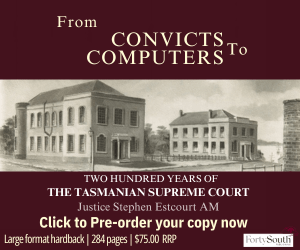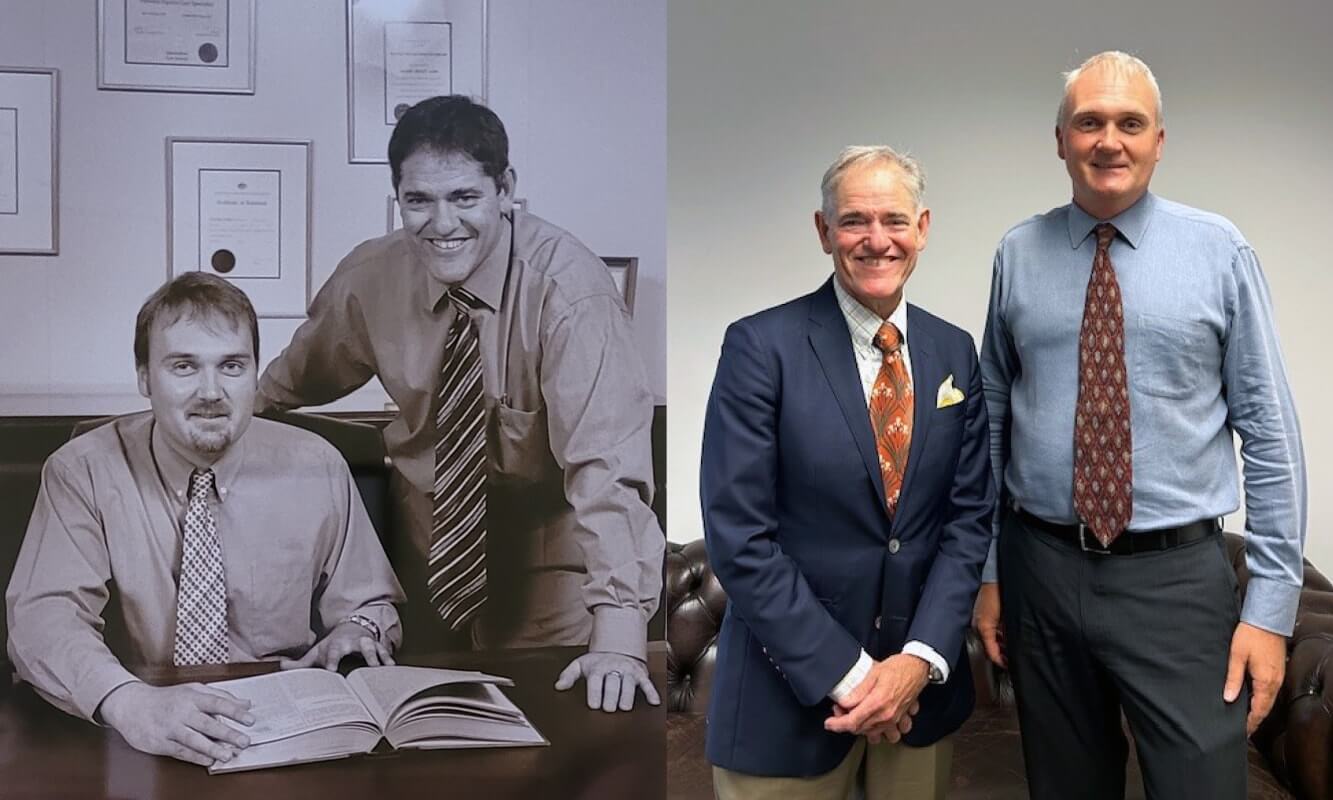“A promise made is a debt unpaid”1
I once acted for a person whose initial query came to me because they wanted to challenge a will.
No surprises there! However, it was not a will matter at all. Why? All relevant parties were alive, including the testator.
The claim was along these lines: A promise had been made to leave real property in a will, the promise was relied on, actions were undertaken, detriment had occurred and the promise was broken. It also involved a right to live on the real property, with improvements to the property having been made.
So, on that fact scenario, it quickly transpired the issue was not a will matter per se, rather an argument as to a tenancy, and a claim in equity for proprietary and/or promissory estoppel involving a promise to leave property on death. So, off to the Supreme Court we went.
I was reminded of that matter when I read Nendy v Armstong & Ors [2020] QSC 380 (Nendy), delivered over the Christmas break.
Nendy is a homage to the complexity of being a succession lawyer. There are no confines to the range of actions available. In Nendy, the matter canvassed adverse possession; the distinction between what amounts to a tenancy at will and a licence to occupy and the relationship with limitations of actions, estoppel, estoppel by conduct, equitable estoppel generally, and the distinction between proprietary and promissory estoppel.
Sounds complicated? It was. Even more so because it also involved cultural arrangements in Papua New Guinea.
The matter involved an array of interested parties. Like many estate matters, the long tail fact scenario started decades prior.
1974 – the Brisbane River was in full flood, however for Mr Terrance Bridges it was a sad year for other reasons. His mum Gladys died, leaving a property in Hamilton, Brisbane, to him. However, at the time he was living in Papua New Guinea.
Prior to her death, her neighbour Mrs Humphreys offered to look after her, the offer was accepted and Mrs Humphreys moved in. On Mrs Bridges death, Mrs Humphreys put a proposition to Mr Bridges. With his permission, she would stay in the property, pay the rates and utility bills.2
Mrs Humphreys’ husband also lived in the property until he died in 1978. Then, in 1989, her son moved in. Mrs Humphreys died in 2000, but her son remained in the property until he then died in 2017 (some 10 years after Mr Bridges died in 2007). Mrs Humprheys left her estate to her son, and he in turn left his estate to his seven children.
Enter the dispute
The Humphreys heirs laid claim to the Hamilton property, citing rights in adverse possession fortified by their position that Mrs Humphreys was a tenant at will. Enter the Limitations of Actions Act 1974, and the lapse of time for Mr Bridges to enforce his rights, ergo, they argued the property was adversely possessed, consequently it was Mrs Humphreys, passing to the Humphreys heirs.
Enter stage left Mr Nendy. Now who was Mr Nendy and how did he factor into this?
Mr Bridges remained living in Papua for the rest of his life. During that time, he fell on hard times, and so he himself entered into a similar arrangement, to that he had with Mrs Humphreys, with a Papuan, Mr Kuylie.
In exchange for room and board, Mr Bridges would provide care arrangements. But then Mr Kuylie fell on hard times himself. Mr Kuylie “had no option but to move his family back to the village and land (the ‘Family Land’) occupied by his larger clan”.3
It was a “communal arrangement; their leader and the customary title holder was the plaintiff, Mr Phillip Nendy. It was up to him to make decisions about the Family Land and who could live there.”4
Mr Nendy entered into an arrangement with Mr Bridges. Mr Bridges pledged his property at Hamilton to Mr Nendy in exchange for Mr Nendy permitting Mr Bridges to live on the communal land, receive meals and money for personal items and medical care.
Eventually a house was built on the communal land specifically for Mr Bridges. In exchange Mr Nendy pledged his Hamilton property to Mr Nendy, either on his death or his leaving the communal arrangement. Mr Bridges assured Mr Nendy that on his death “important people” would contact him in respect of the Hamilton property.5
Mr Bridges died on 25 December 2007. Eventually, in 2016 Mr Nendy was able to trace the details of the Hamilton property, so began the dispute.
The causes of action
Adverse possession
The position advanced by the Humphreys heirs was that Mrs Humphreys was a tenant at will, under “s18 (1) of the Limitations of Actions Act 1974, the tenancy at will was determined in about June 1975”,6 ergo, Mr Bridges lost his right to take action to recover the property.
From that point on, Mrs Humphreys was in adverse possession, treating the property as her own as per s4 of the Land Title Act 1994, in combination with s18 of the Limitations of Actions Act 1974.
Mr Nendy argued Mrs Humphreys was in occupation of the property by permission, was not a tenant, rather she had a licence to occupy, therefore the Limitations of Actions Act did not apply as per s19, therefore she was not in adverse possession.
In discerning whether Mrs Humphreys was a tenant at will or a licensee, much of the court’s conclusions rested on the unique factual matrix as they were pleaded, and the admissions made in response. Dismissing the finessed argument as to the pleadings7 the court went on to discuss the distinction between a tenancy at will and a licence.
“The essential feature of a tenancy distinguishing it from a licence is, …that it grants exclusive possession to the tenant.”8
The court found there was “no evidence that Mrs Humphreys ever regarded herself as having acquired any form of interest” in the property, “[n]either her will nor her son’s refer to the property as part of the estate as being devised. Nothing about the arrangements, suggests the exclusive possession typical of tenancy, with Mrs Humphreys able to insist on its enjoyment without intrusion from Mr Bridges, …her possession of the property was …for her benefit, but it was also for the benefit of the owner; so that her possession was that of Mr Bridges. Mr Bridges reference to Mrs Humphrey’s being ‘entitled to occupy’ the property, paying ‘all service charges’ at her own request, is consistent with his having granted her a licence to occupy it.”9
Accordingly, the court found “Mrs Humphreys was a mere licensee”10 in occupation by consent of Mr Bridges; consequently, she was not in adverse possession of the property.11
Equitable estoppel
Mr Nendy’s claim was founded in estoppel. He argued he was the true owner of the Hamilton property as he relied on the promises made by Mr Bridges, to his detriment. The Humphreys heirs honed in on Mr Nendy’s reliance on a “legally binding promise”12, as distinct from an “enforceable”13 agreement. Relying on a passage in Riches v Hogben14 [1985] 2 Qd R 292 at 301 where his Honour McPherson J observed:
“What distinguishes the equitable principle from the enforcement of contractual obligations is, in the first place, that there is no legally binding promise. If there is such a promise, then the plaintiff must resort to the law of contract in order to enforce it, it being the function of equity to supplement the law not to replace it.”
They argued this passage supported the view that Mr Nendy ought to have sued in contract not estoppel.15 This was further, supported by Mr Nendy’s failure to plead part performance16 to support his estoppel argument. But nevertheless, even if he had sued in contract it would fail, because the agreement involved land, which must be in writing17 to be enforceable. As it was not in writing, any action in contract would fail due to lack of compliance with the statute of fraud, therefore his claim ought to fail.18
They were fortified in their argument by McPherson J’s comments, which had been “cited with approval by the majority in the High Court in Giumelli v Giumelli[24] (1999) 196 CLR 101 at 121. and by the Court of Appeal in Campbell v Turner & Ors.[25] [2008] QCA 126 at 40.”19
In addressing this argument, the court explored the case authorities which distinguish between various forms of estoppel, and the nexus with the Statute of Fraud.20 Acknowledging the variance in views the court found:
- “…there is ample authority to support my conclusion in the present case that the fact that Mr Bridges’ agreement with Mr Nendy was not reduced to writing presents no barrier to relief. There are many cases in which Australian courts have found that proprietary estoppel arose in connection with a promise, relating to land, notwithstanding that, not being in writing, the promise itself could not be enforced. Many of those cases concern relatives working on farms having been led to expect that they will inherit or be given the property or parts of it.[58] Giumelli v Giumelli (1999) 196 CLR 101; Flinn v Flinn [1999] VSCA 109; Priestley v Priestley [2017] NSWCA 155. Other cases, like this one, have involved carers who have been led to believe that they will be rewarded with an interest in property – Riches v Hogben itself is such a case[59] Moore v Aubusson [2020] NSWSC 1466 – or who have provided funds or forgone rights in reliance on an expectation of the kind.[60] Tadrous v Tadrous [2012] NSWCA 16; Priestley v Priestley [2017] NSWCA 155; Delaforce v Simpson-Cook (2010) 7 ASTLR 65.
- The relief to which Mr Nendy is entitled is based, not on his agreement with Mr Bridges, but on the equity arising from Mr Bridges’ conduct in making the promise, in encouraging Mr Nendy over the years to believe that he would honour it, and in allowing Mr Nendy to act to his own disadvantage in reliance on it; and on that detrimental reliance by Mr Nendy in the belief that the promise would take effect. If it had been necessary to find a secondary assumption, I would have had no difficulty in doing so: Mr Bridges’ conduct induced an assumption, not merely that he would make a gift of the property to Mr Nendy but that his promise to do so would be honoured and enforceable; that Mr Nendy would actually receive the property, in circumstances where it seems vanishingly improbable that he had ever heard of the Statute of Frauds or had any reason to doubt Mr Bridges’ word.”
Accordingly, the court found that Mr Nendy had “a right to relief based on proprietary estoppel”.21
The next question to be determined was what relief was Mr Nendy entitled to? In answer to this question, the court found the Hamilton “property was impressed with a constructive trust from the time Mr Nendy began to act in reliance on Mr Bridges’ promise so as to make it unconscionable for the latter to resile from it. [62] McNab v Graham (2017) 53 VR 311 at 342 The appropriate orders may involve orders for the sale of the property, with Mr Nendy receiving the proceeds after the associated costs and outlays, including those of the administrator ad litem, are met; and it may be necessary to make further directions as the powers to be exercised by the latter.”22
Conclusion – Exit, pursued by a bear 23
As her Honour Holmes CJ observed in this case, many a person makes a promise with respect to what they will do with their estate on their death, but those promises don’t always get honoured.
Cases like Nendy remind us that succession law is not simply about the will. It is about the life of the individuals involved and their interactions. Equity reminds us, our words, our promises and our actions mean something. As for my matter, the promise meant something.
Christine Smyth is a former President of Queensland Law Society, a QLS Accredited Specialist (succession law) – Qld, a QLS Senior Counsellor and Principal of Christine Smyth Estate Lawyers. She is an executive committee member of the Law Council Australia – Legal Practice Section, Court Appointed Estate Account Assessor, and member of the Proctor Editorial Committee, STEP and Deputy Chair of the STEP Mental Capacity SIG Committee.
Footnotes
1 Robert W. Service, The Cremation of Sam McGee.
2 At [4].
3 At [42].
4 Ibid.
5 At [42]-[47].
6 At [12].
7 At [27]-[28].
8 At [29].
9 At [40].
10 At [41].
11 At [41].
12 At [51].
13 Ibid.
14 Ibid.
15 Ibid.
16 At [52].
17 Section 59 Property Law Act 1979 (Qld).
18 At [52].
19 Ibid.
20 At [53]-[79].
21 At [82].
22 Above.
23 Act III of The Winter’s Tale – William Shakespeare.














One Response
Such an interesting read!